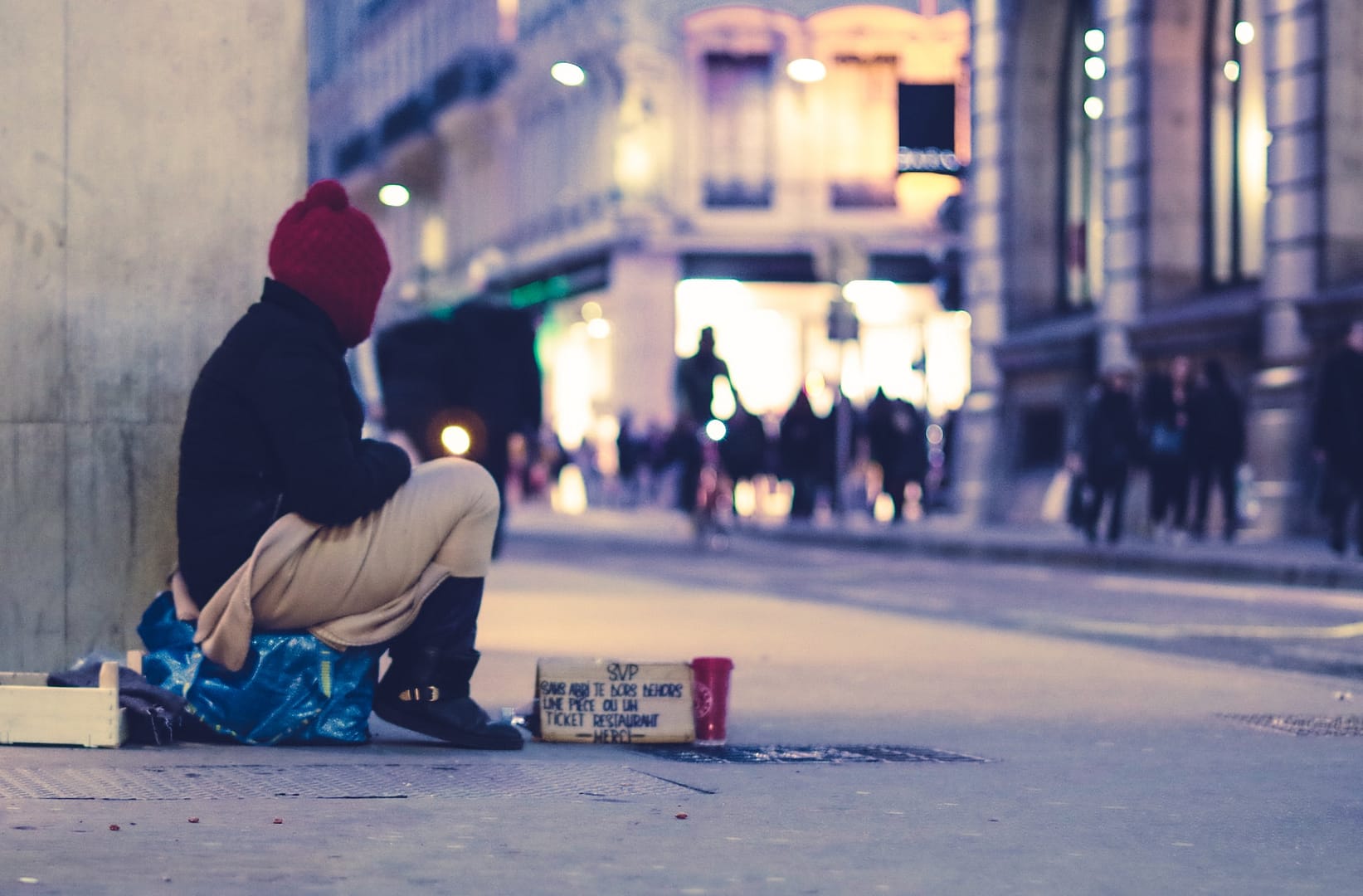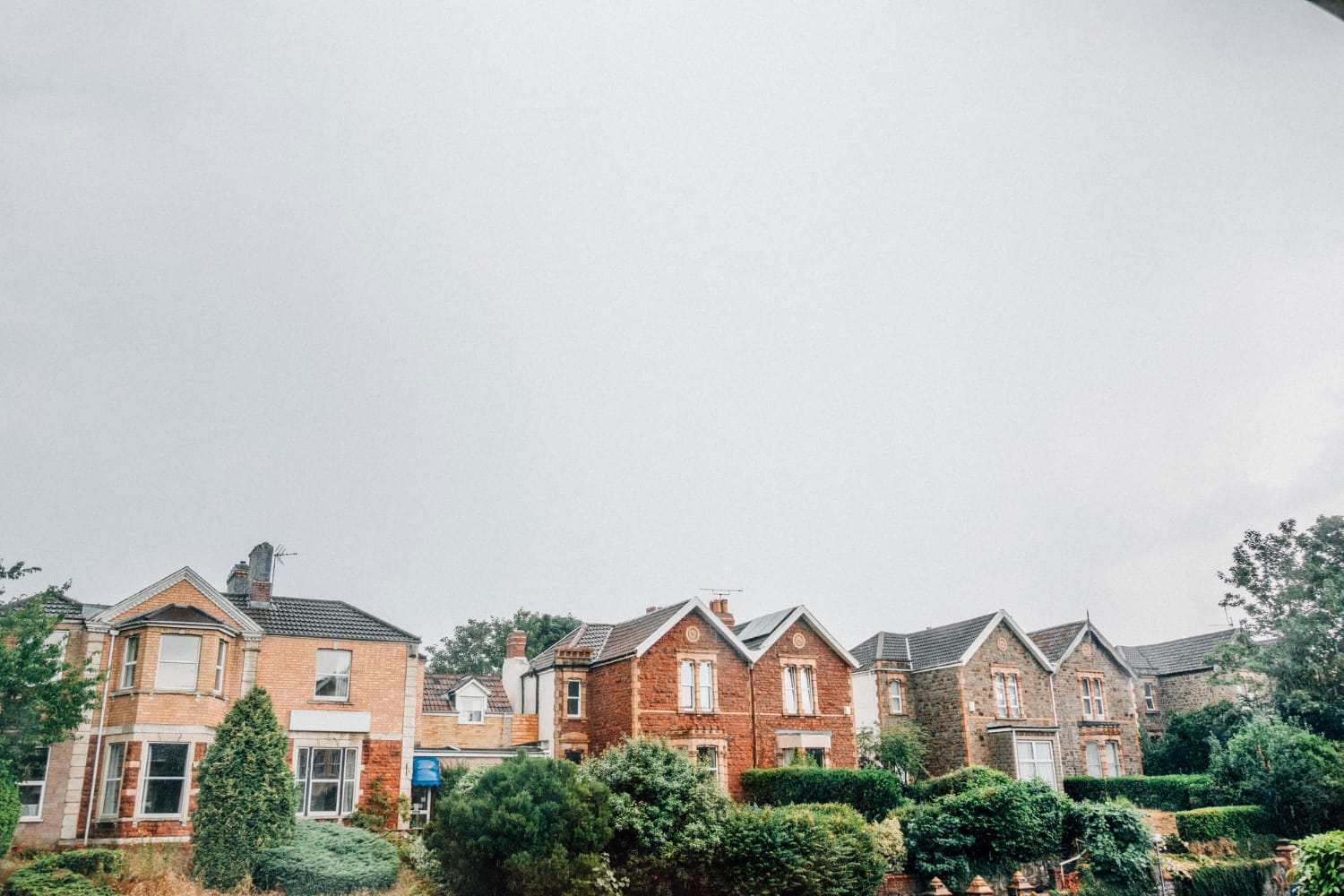The impact of housing disrepair on homelessness is a critical issue that affects individuals and families across the globe. Housing disrepair can be defined as the state of disrepair, dilapidation, or decay of a property, which can include structural damage, dampness, infestation, and lack of maintenance. When left unaddressed, it can have a significant impact on a person’s mental and physical health, as well as their financial stability.
What are the 3 types of homelessness
Homelessness is often associated with individuals who sleep rough on the streets or in temporary accommodation. However, there are three types of homelessness: rough sleeping, hidden homelessness, and statutory homelessness.
Rough sleeping
Rough sleeping is the most visible form of homelessness, with people sleeping on the streets, in parks, or in other public spaces. This form of homelessness often results from a combination of poverty, mental health issues, addiction, and family breakdown.
Hidden homelessness
Hidden homelessness is less visible and includes people who do not have a permanent home and are not registered as homeless. This type of homelessness can include people who are sofa-surfing, staying in temporary or overcrowded accommodation, or living in unsafe or unsuitable housing.
Statutory homelessness
Statutory homelessness is the type of homelessness that is recognized by law, where an individual or family has a legal right to housing assistance from their local council. This can occur when someone is facing eviction, fleeing domestic violence, or has other housing-related issues.
Housing disrepair can contribute to all three types of homelessness. For example, if a property is left in a state of disrepair, it may not be safe or habitable, and the tenant may have to leave. If they have nowhere else to go, they may end up rough sleeping. Alternatively, if someone is living in overcrowded or unsuitable accommodation due to housing disrepair, they may not be registered as homeless, but they are still experiencing hidden homelessness.
What is an example of housing disrepair?
An example of housing disrepair could be a property with a leaking roof. If the landlord fails to address this issue, it can lead to dampness, which can cause health problems such as asthma and respiratory infections. The dampness can also cause the plaster to crumble, which can create a breeding ground for mold and bacteria. In severe cases, the roof could collapse, which would render the property uninhabitable.
If this is the case with your accommodation, you can make a claim with us at National Claims.
What is a good reason to refuse council house?
In some cases, people may refuse to accept a council house because they are concerned about the level of housing disrepair. While this may seem like an irrational decision, it is not always unwarranted. For example, if a property has a history of disrepair and the landlord has failed to address the issues, the tenant may be concerned about their safety and well-being. This is particularly true for families with young children or individuals with disabilities who may be more vulnerable.
Housing disrepair can also have a significant impact on mental health. Living in a property with dampness or infestation can be stressful and depressing, leading to anxiety, depression, and other mental health issues. The financial burden of addressing the disrepair can also lead to stress and anxiety, particularly if the tenant is on a low income or has limited financial resources.
Housing disrepair leading to homelessness
Housing disrepair is one of the factors that can contribute to homelessness in the UK. When a property is left in a state of disrepair, it can become unsafe and uninhabitable, forcing tenants to leave. This can lead to rough sleeping or hidden homelessness, depending on the individual’s circumstances. Housing disrepair can also contribute to statutory homelessness if the tenant is facing eviction due to the condition of the property.
The impact of housing disrepair on homelessness can be particularly severe for vulnerable groups, such as families with children or individuals with disabilities. These groups may be more susceptible to the health problems caused by dampness and infestation, and may also have limited financial resources to address the disrepair themselves. This can create a cycle of poverty and disrepair that can be difficult to escape.

Conclusion
Homelessness is a complex issue that requires a multifaceted approach to address. Housing disrepair is one of the factors that can contribute to homelessness, and it is essential for landlords and local authorities to address disrepair promptly and effectively to prevent homelessness and support those who are at risk. By addressing the root causes of homelessness, such as poverty, mental health, and addiction, we can create a society that is more inclusive and supportive of all its members.
Contact National Claims today to be put in touch with a member of our friendly and knowledgeable team to help you through the claims process.
Note: You can only make a claim if you are currently living in social housing.
Click below to see why we are one of the most trusted claims management companies in the UK.





